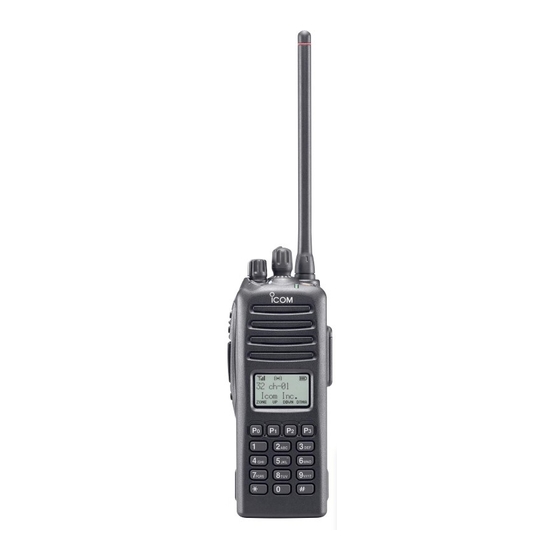
Icom IC-F70T Instruction Manual
Hide thumbs
Also See for IC-F70T:
- Instruction manual (48 pages) ,
- Service manual (42 pages) ,
- Operating manual (12 pages)
Table of Contents
Advertisement
Quick Links
Advertisement
Table of Contents









Need help?
Do you have a question about the IC-F70T and is the answer not in the manual?
Questions and answers